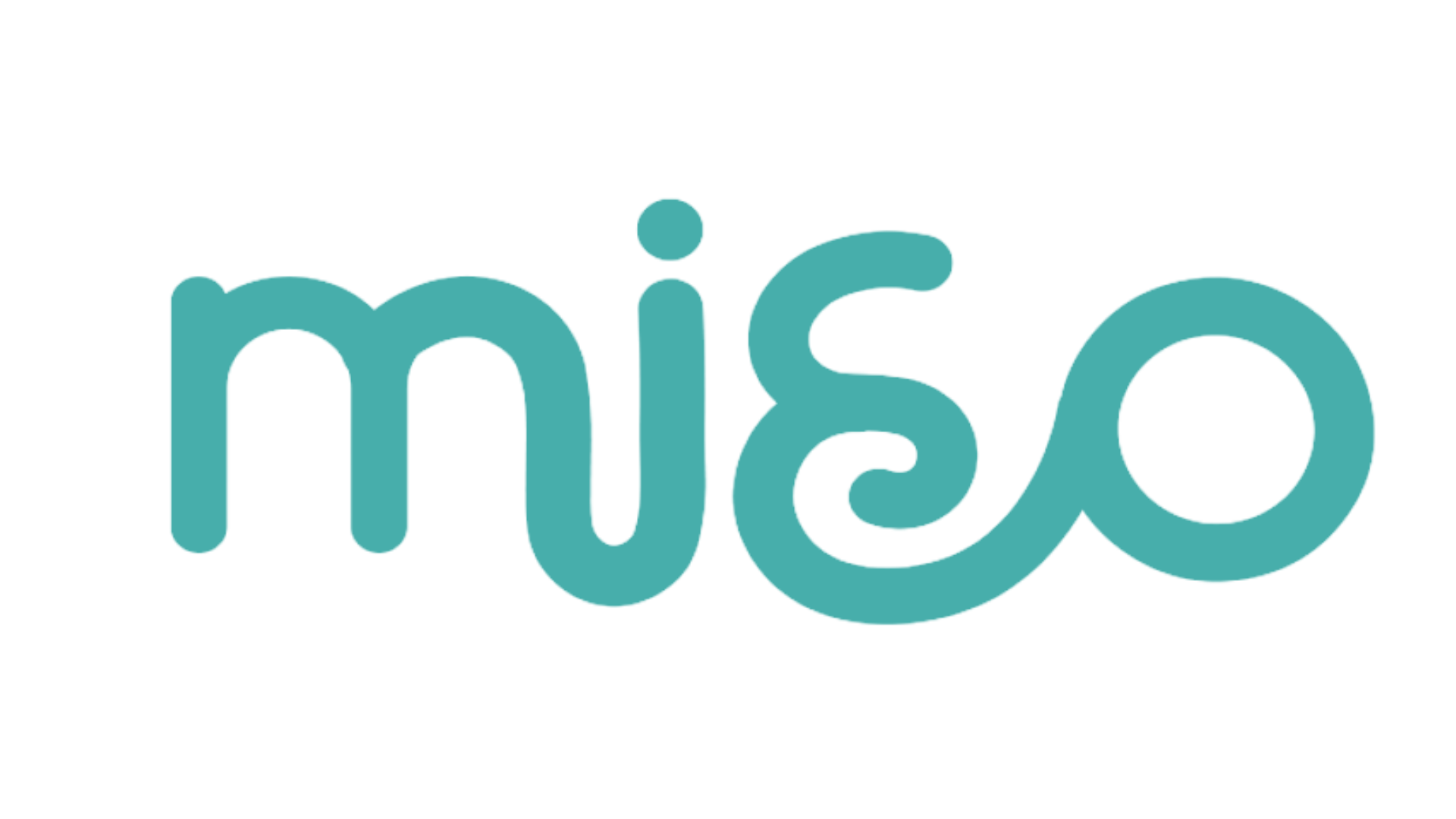
What You Really Should Know About Bamboo Fabric
While sustainability is more than a fad in fashion, newer-generation materials such as
bamboo fabric are getting their time to shine. But why bamboo? Why is it that designers
of repute, green shoppers, and environmental brands are all turning towards it? What
do you actually need to know before purchasing or producing bamboo clothing?
Whether you’re a curious consumer or a brand exploring sustainable sourcing, this blog
unpacks the essentials of bamboo fabric—from plant to product.
Let’s start at the root—literally.
Bamboo is actually a grass, not a tree, and it's one of the planet's fastest-growing plants.
Certain species are capable of growing three feet in 24 hours. It requires no pesticides,
no fertilizers, and hardly any water to grow. Contrastingly, resource-hungry cotton does
not have the ability to grow in poor soil conditions and must be replanted repeatedly. Bamboo can do the former and regrows from its own roots—necessitating no replanting.
From an ecological perspective, it's a raw material dream.
When manufactured into fabric, bamboo becomes remarkably soft, silky in texture—and
indeed often likened to silk or cashmere. But it's not only luxurious; it's practical.
- Breathable & Thermo-regulating: Bamboo cloth keeps you warm in winter and cool in
summer.
- Hypoallergenic: Perfect for individuals with sensitive skin or skin disorders such as
eczema.
- Antibacterial & Odor-resistant: Due to a natural bio-agent known as "bamboo kun,"
which stops bacteria buildup.
- UV Protectant: Provides natural protection against UV, thus suitable for use in tropical
nations.
This renders bamboo clothing ideal not just for casual wear but also for sportswear,
maternity, babywear, and innerwear.
How bamboo fabric is processed does make a difference. While bamboo viscose has
been criticized for the use of chemicals in production processes, closed-loop systems
now keep chemicals trapped and recycled instead of being thrown out.
Increasingly, bamboo clothing companies today are making investments in
environmentally-friendly processing methods such as lyocell and modal, which utilize
non-toxic solvents and closed-loop water systems.
At the same time, ethical production methods such as fair labor, safe working
conditions, and traceable supply chains are becoming table stakes for good bamboo
clothing suppliers.
Bamboo fabric's natural drape and dye-holding capacity also make it a designer darling
for achieving luscious silhouettes, rich color, and flowing cuts. Its wrinkle resistance and
elasticity also make it an ideal material for:
- T-shirts and tops
- Leggings and activewear
- Shirts and formal wear
- Sleepwear and loungewear
- Swaddles and blankets for babies
Shoppers these days are not only searching for apparel—they're in search of experiences.
Bamboo fabric provides fashion, comfort, and sustainability in one.
India, a world textile center, is quickly expanding its sustainable fashion capacity. Many
bamboo apparel manufacturers in India now provide full-service solutions—ranging
from spinning and weaving to garmenting and packaging.
These producers are also backed by local bamboo apparel vendors who supply
responsibly grown bamboo, frequently sourced from the Indian Northeastern states or
neighboring nations such as Vietnam and China. India enjoys the benefit of its rich
experience in the textile industry, cost-effectiveness, and a large pool of trained workers
poised to embrace green innovation.
Several of these entities now provide:
- OEKO-TEX® certified bamboo fabrics
- GOTS-certified organic bamboo-cotton blends
- FSC-certified bamboo sourcing
- Private blends of fabrics (e.g., bamboo-modal, bamboo-lycra)
For sustainable fashion brands eager to grow sustainable lines, India is emerging as a
go-to manufacturing partner.
If you are a fashion startup or head of sourcing, here is what you must inquire from your
bamboo apparel suppliers:
-Where does the bamboo come from?
-Is the fabric treated in a closed-loop process?
-Are there certifications such as OEKO-TEX, FSC, or GOTS?
-What are MOQ (Minimum Order Quantities)?
- Can they provide dyeing, finishing, or custom printing?
- What’s the lead time for samples and bulk orders?
Establishing transparency early in your supply chain ensures product integrity and
boosts consumer trust.
There are several types of bamboo fabric, and it’s important to know what you’re buying
or producing:
- Bamboo Viscose/Rayon: The most common form, often used in mass-market clothing.
Affordable, but can be environmentally harmful if not processed responsibly.
- Bamboo Lyocell: Luxury and more environmentally friendly, produced with non-toxic
solvents in a closed-loop process.
- Bamboo Modal: Famous for its silky finish and high moisture-wicking potential.
- Bamboo Blends: Blended often with organic cotton or spandex to enhance structure
and elasticity.
Bamboo clothing is not just a fad—it's proof that fashion has a future. It is a new
paradigm—comfort without compromising the planet, style without compromising
values, and softness without weakening.
As consumers increasingly demand sustainable options, and as environmental
regulations on the impact of fashion grow stricter worldwide, bamboo fabric is
well-positioned to take the lead. Aligning with ethical bamboo clothing suppliers and
bamboo clothing manufacturers can future-proof your brand and make you stand out in
a crowded market.
Because what we wear shouldn't just be beautiful - it should be beneficial.
Share







